Product
Vivid Origin 3 Mindfull Spaces
-
Ringatoi Matua / Design Director
Jesse Keith
-
Ngā Kaimahi / Team Members
Nick Dephoff, Taylor Wickman -
Client
Mindfull
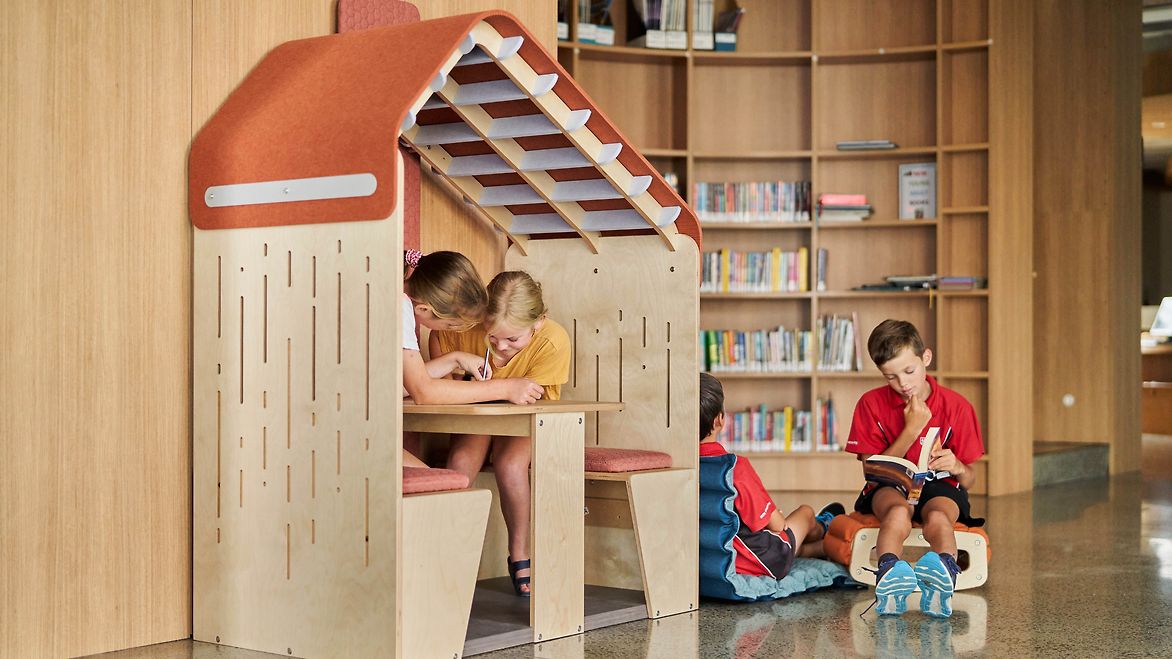
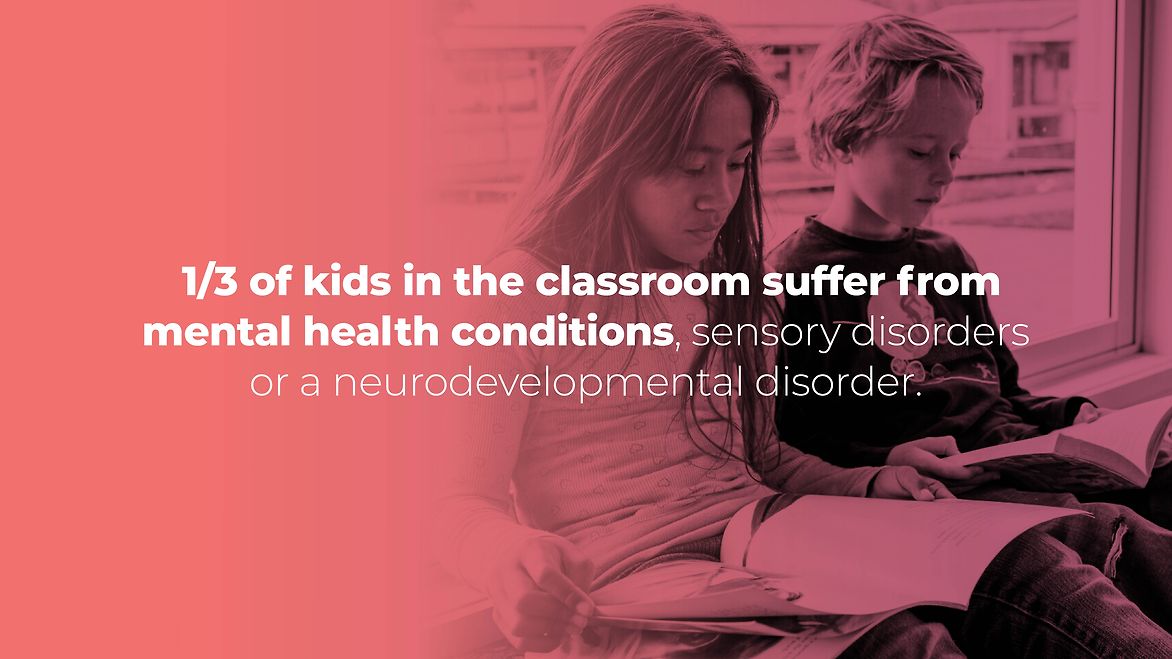
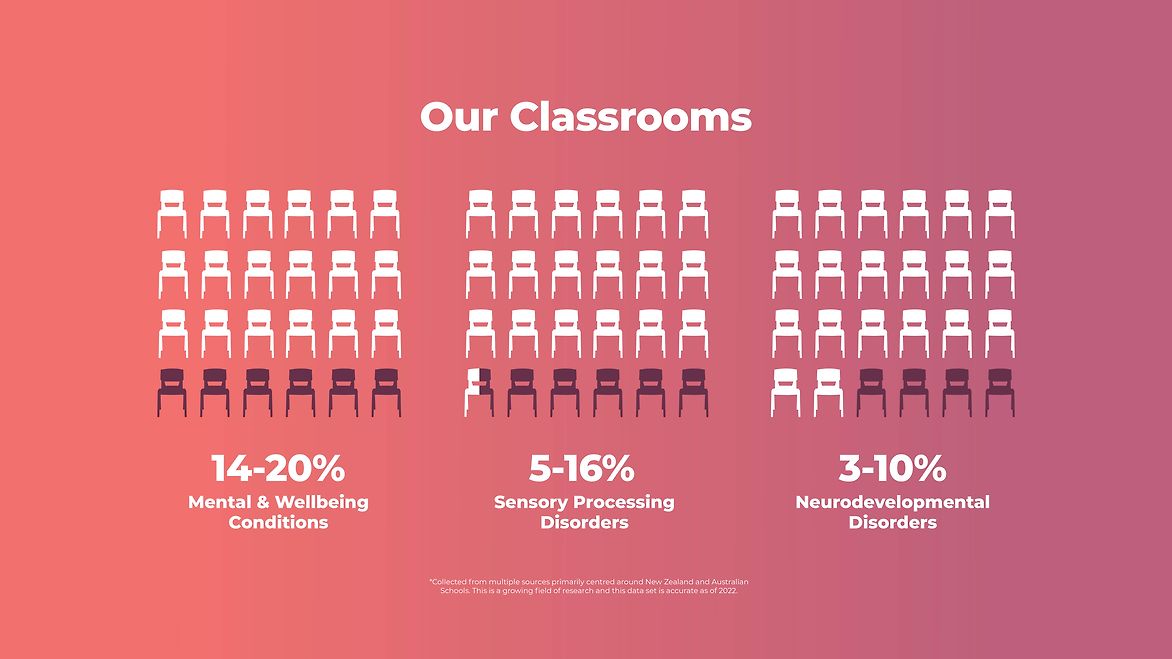
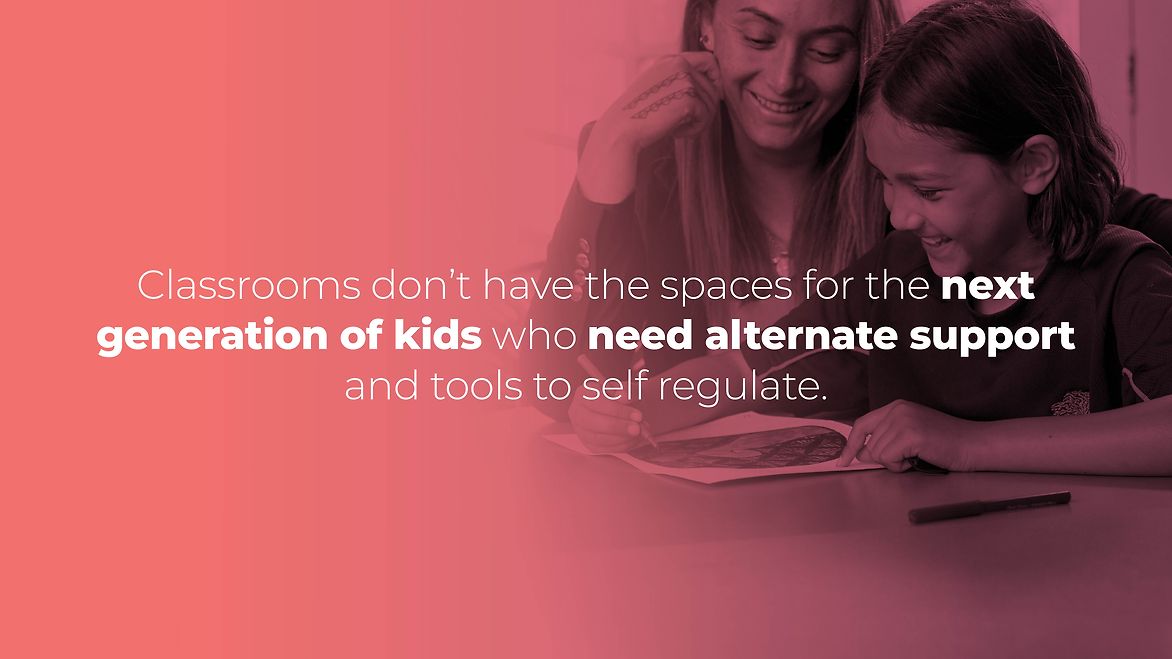
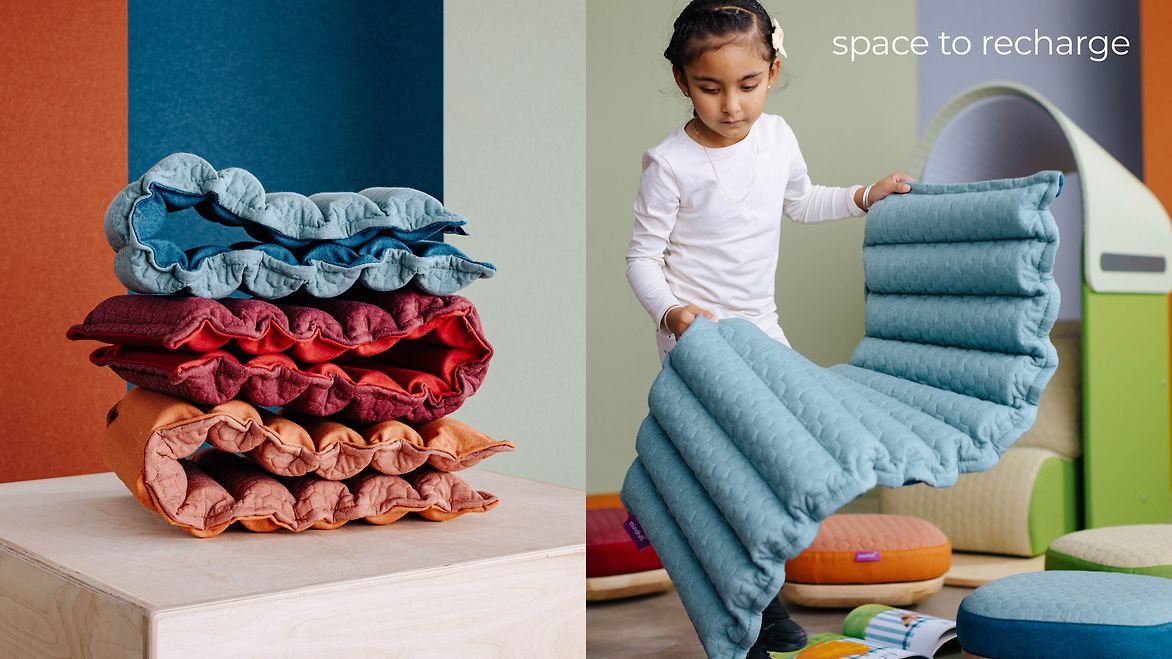
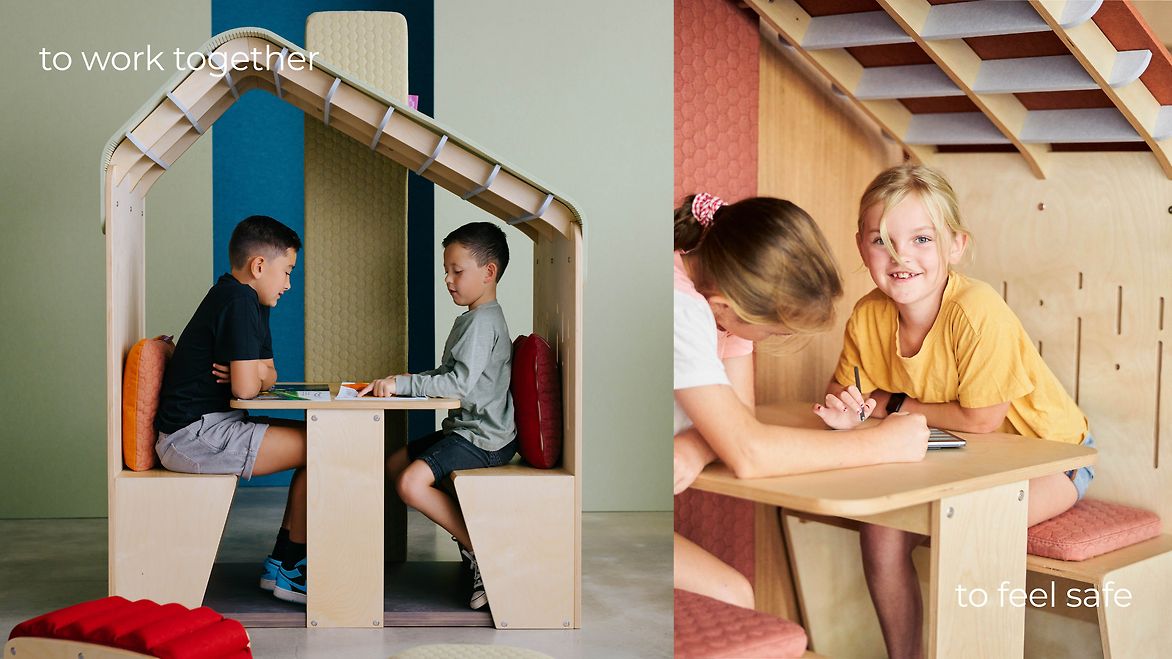
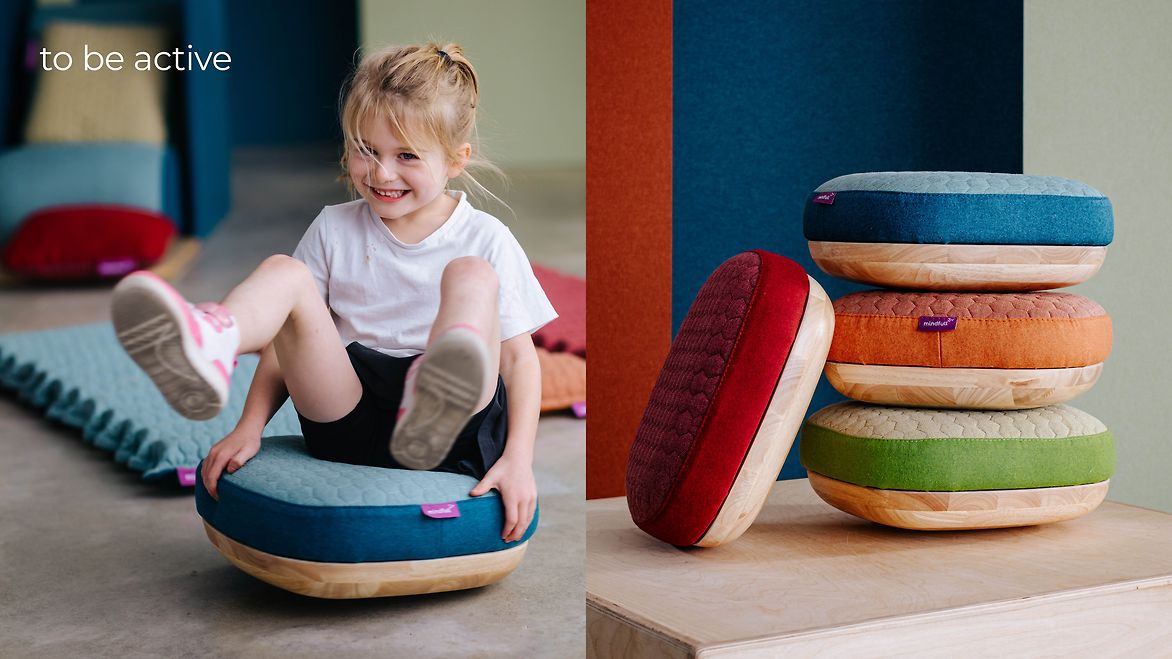
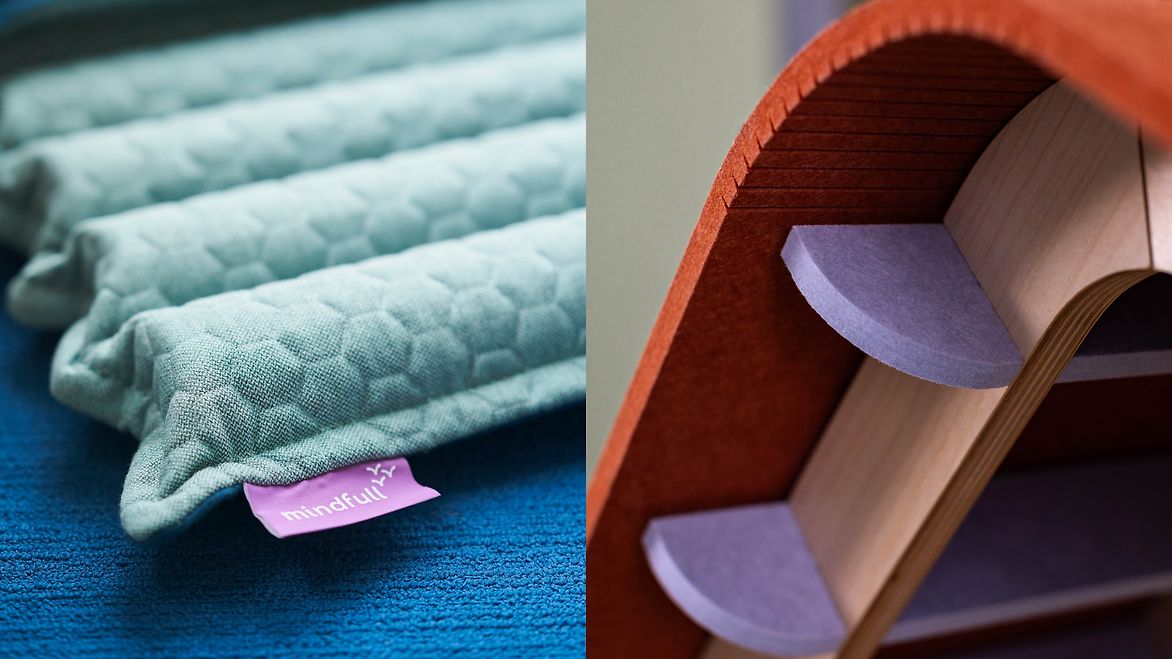
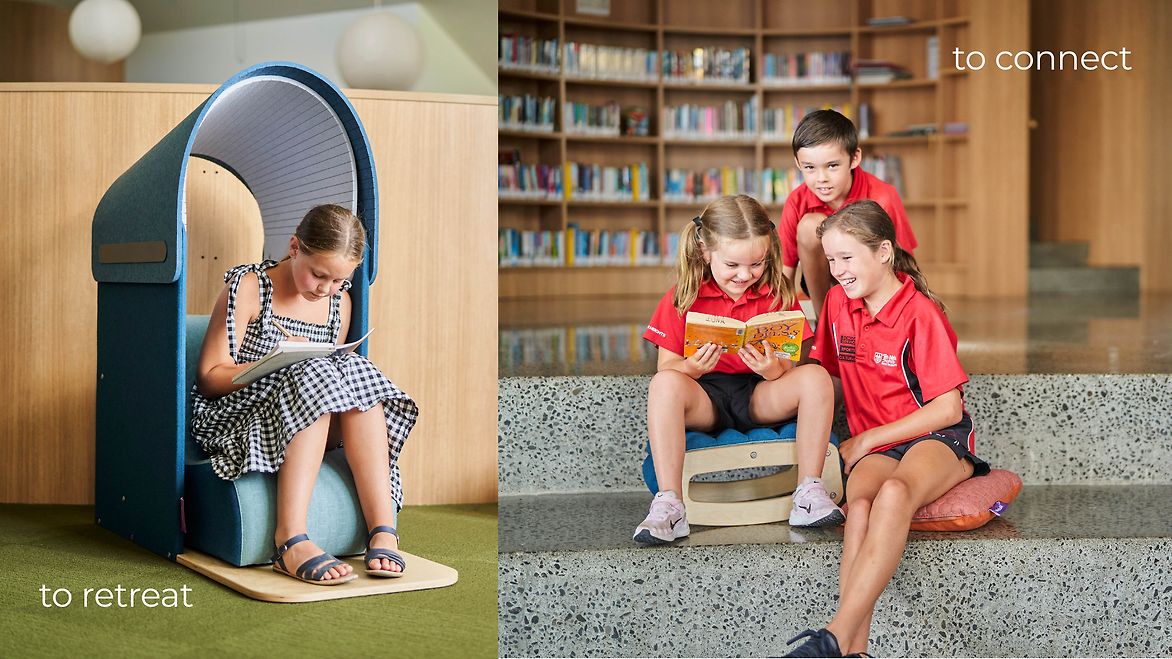
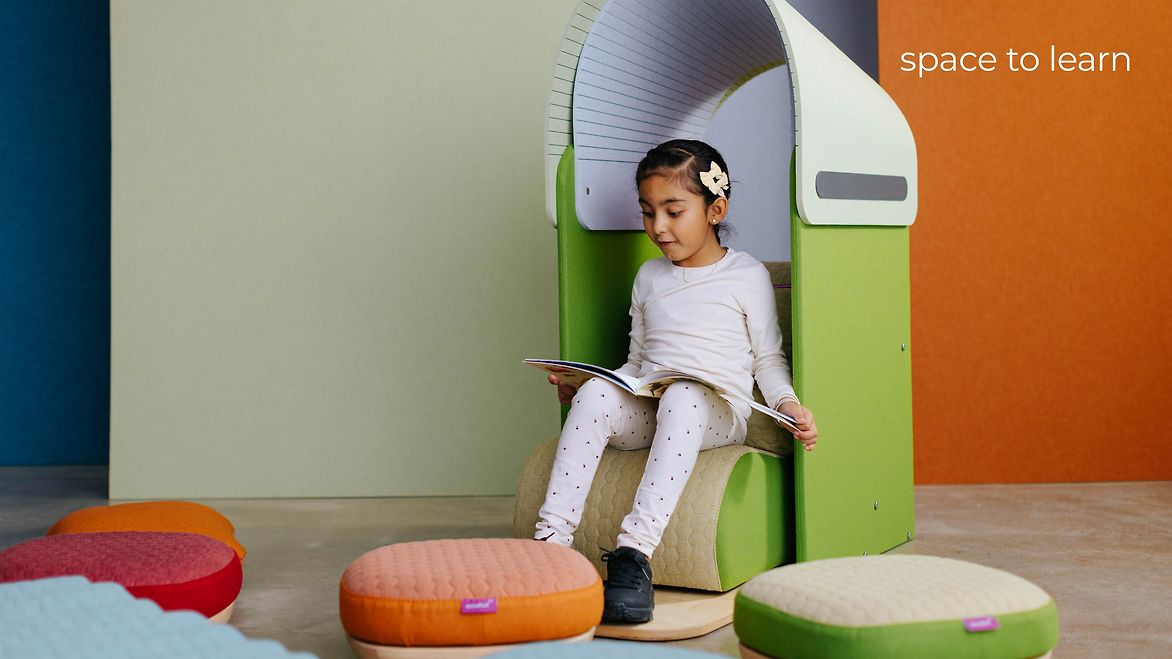
Description:
The Why
In late 2021 New Zealand and the world emerged from global lockdowns. Schools had suffered through two years of disrupted education and finding a new normal was proving difficult.
With decades of experience delivering world-class learning space furniture, the founders of Mindfull decided they needed to reconnect with New Zealand educators and schools. They interviewed a series of New Zealand principals to discover their school's daily challenges and what had changed.
The overwhelming feedback? An ever increasing number of kids arriving to the classroom, dysregulated – with teachers being ill-equipped with practical solutions to manage this new generation of kids. For many students, school is the safest and most structured part of their day. Often arriving overstimulated or exhausted from a lack of home routines without access to the right tools to create balance.
Research showed at least 1/3 of the kids in schools across New Zealand and Australia suffer from mental health and wellbeing challenges ranging from anxiety and depression, sensory and processing conditions to a broad spectrum of neurodivergent needs that only continue to rise. Anecdotally the numbers in classrooms are believed to be even higher.
The data also shows that removing dysregulated children from the classroom negatively impacts their social and learning development, as well as their peers' ability to build empathy. In addition, large open plan learning spaces (much like offices for adults) fail to provide students with the control to create a personal user experience needed to learn and thrive.
The Idea
Build an entirely new brand that is brave and personal enough to engage deeply with teachers, students and the wider learning community in a simple but bold mission. Make the classroom a happier, healthier place for kids – no matter how they like to learn.
Focus success not just on sales of new products, but engagement with the education community and listen to the ecosystem.
From a product perspective You design fast, test it to failure with real kids and engage with the wider education ecosystem who desperately want to find new solutions to their growing and changing needs. You make the classroom more engaging through colour, texture, materials and movement. And you create solutions for students to be able to self-regulate in the classroom and give them the power to seek solo sanctuary, engage in social interaction and connect with others in the classroom, however they like to learn.
The Design
Students can now self-regulate in the classroom seeking solo sanctuary, dynamically movement to stim and stay active, as well as enforce deeper social interaction and connect with others All while staying in their classroom and not being removed to a ‘special room’ or the principal's office and stigmatising their alternate learning needs.
Fit for purpose
Each product brings something different to the family. The Hideaway Hood provides a solo sanctuary to escape the chaos. The Learning Hut creates a collaborative space to gather with your friends without feeling disconnected. The Laylow Raft and Pad provide low floor cushioning with multi-textured fabrics when you want to feel grounded. The Wobble Seat and Rocking Perch draw on deep research into the benefit of dynamic movement and provide the perfect outlet for active bouncy kids needing to stim and move while still being present and staying on task.
Aesthetic/Appearance and style
Classrooms are colourful which is why they can also be overstimulating. Employing an approach known as Biophilic Design we wanted to create a stronger connection back to the natural world by choosing a product colour palette inspired by the New Zealand landscape. Deliberately choosing colours that support the students needs to be calmer and more balanced like blue and green shades. Or alternatively oranges and reds for more stimulating collaborative and energetic spaces.
The cut panel design language allowed for iterative design cycles without high upfront manufacture costs. The components were built for the wear and tear of the classroom, allowing for in-classroom repairs in the future as well as a reduced footprint for shipping.
Technical resolution and quality
There was a real emphasis on getting better materials in the classroom. Typically a very price competitive space, this range utilises commercial grade upholstery made from 70% natural wool, recycled PET panels, FSC certified plywood with water based sealants.
A key consideration was to have zero moulded parts. This allowed for less investment in manufacture and heightened speed to market. Allowing the ability for the range to be changed over time based on market feedback.
Classrooms generally spec new furniture annually. The Mindfull range has been specifically designed to be retrofittable into an existing classroom around the more conventional desking and seating allowing the full range to be accessible year round for more than just new classrooms and fitouts.
What Elevates the Work
Mindfull is a product brand, but the mission of the founders has always been to build a brand that is less about product and profit and more about building community and platform to improve learning spaces globally. Mindfull has already become a beacon in the education space across NZ/AUS being asked to present at dozens of events to discuss student wellbeing, neurodiversity and other pressing topics. In its first 12 months it was purchased by over 100 schools across New Zealand and Australia - with strong in market feedback on its effectiveness and importance in the learning environment.
Kathryn Berkett (Neuroscience advisor to Mindfull) - “The brain develops sequentially. If it hasn’t developed a necessary learning block early on, it struggles to move to the next level. Sensory environments help encourage the development of these building blocks. By creating spaces (like Mindfull) where children can engage the lower sensory parts of their brains, we can support them to self-regulate allowing them to access parts of the brain that are able to better focus, learn and be more present.”
From the beginning teachers and parents wanted Mindfull in their own home, knowing the familiarity of the items in both spaces would allow for smoother transitions in the day and give their kids an opportunity better to self-regulate at home. Part of the design criteria was to ensure the range had life beyond the classroom, leading to a design language that elevates the classroom while seamlessly integrating into a residential setting.
Murray Bootan (Principal Naenae Primary) - "In every class, there are two or three children on the autistic spectrum at a high level. We’re always looking for ways we can accommodate and allow them to be included in the classroom; when this (Mindfull) came out, and I spoke to staff and special needs teachers, it was just what we wanted. Looking back, it has been incredible; while it doesn’t solve everything, it provides students with security, self-assurance."
Principals, teachers and students alike have highly praised the products and the conversation they are now encouraged to have about the future of alternate learning in the classroom.
Judge's comments:
The judges praised the sophisticated and thoughtful approach to addressing a real and growing problem. Deep research into classroom environments and diverse learner needs has resulted in a range that is engaging, tactile, innovative and beautiful. The design’s detailing and materiality, usually reserved for workplace solutions, redefines what a classroom can be.